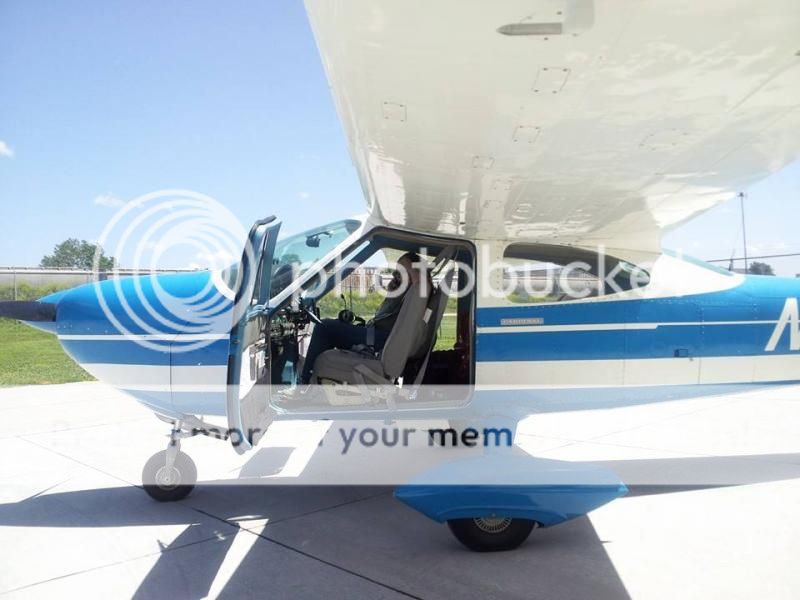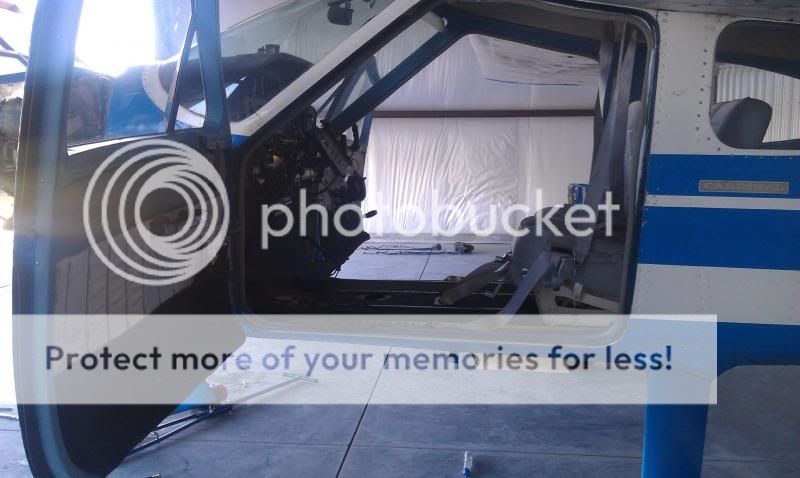OkieAviator
Pattern Altitude
- Joined
- Aug 17, 2014
- Messages
- 1,859
- Display Name
Display name:
OkieAviator
I flew a 182 yesterday and I noticed that the seat rails had a ton of holes in it compared to my 172. I'm assuming because the owner is a tall guy and likes his seat a bit further back that they added more holes.
Assuming they fall within the diameter requirements of the AD is it common to add more holes depending on your seat position?
Assuming they fall within the diameter requirements of the AD is it common to add more holes depending on your seat position?


